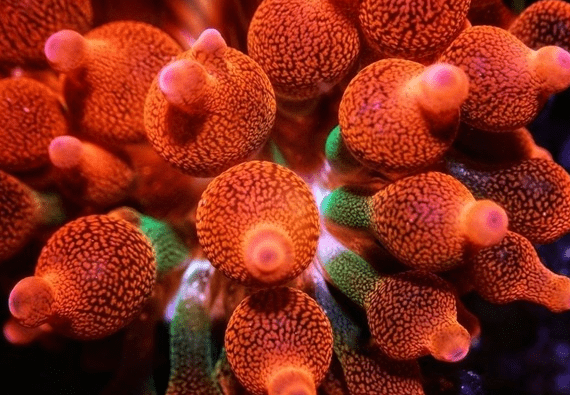
Haddon’s Carpet Anemone is a type of marine invertebrate which is famous because of its bright colors and rather colorful and distinctive appearance. This article provides information about how to take care for this fascinating animal, its appearance, and its feeding.
Care and Keeping
To learn about how to care for a Haddon’s Carpet Anemone, one has to familiarize with its requirements. It requires a large tank with a stable water environment to have a healthy and long life of the fish. They are supposed to be maintained at temperatures of 72-78°F or 22-26°C, and salinity of 1. 023-1. 025. Facilitating a substrate for anchoring is important as the structure has no basal foot as other anemones have.
Lighting is critical in health and coloration of the Haddon’s Carpet Anemone. They can be grown under moderate to high lighting requirements. That said, it is advisable not to expose them to direct sunlight usually if it’s hot because sun rays can damage the tissues. To ensure the water quality is good enough there is need to change water regularly and also filter it properly.
Anyway, one has to mention that Haddon’s Carpet Anemones are also venomous and they have tentacles capable to sting. When handled bare handed they are capable of producing stings that can be painful to the handlers. Hence, direct handling is recommended not to be done.

Body Type
Haddon’s Carpet Anemone has large, fleshy column and a segment of many tentacles. The column can also be green, brown and gray as is decorated with delicate patterns. The tentacles, generally exceeding the length of the column, are regularly of a different color from the column, grayish-green, purple, or pink. They have special cells known as Nemato cysts used in self-defense and to stun food organisms.
Diet
Like all members of the fish family, the Carpet Anemones’ diet is mostly fed upon small fishes, shrimps and other insignificant invertebrates. They stretch out their arms and grasp for their prey, immobilizing it with the aid of nematocysts, then the prey is eaten. They are capable of eating once, twice, or even thrice a week but the best for their health and growth is to be fed with a nutritious diet.
The great emphasis should be paid to the issue of overfeeding since leftovers become sources of negative impact of water. If there is any leftover food, make sure to remove it to prevent from any contamination.
Table





